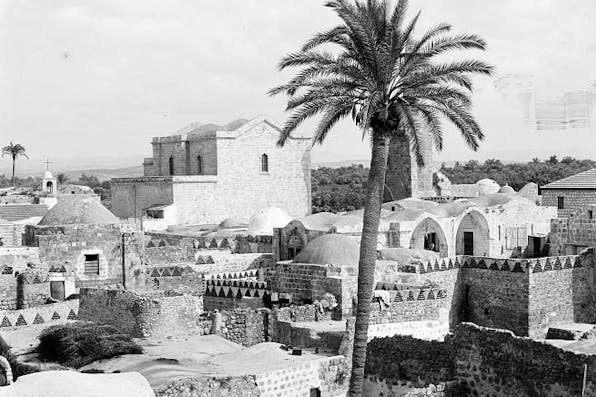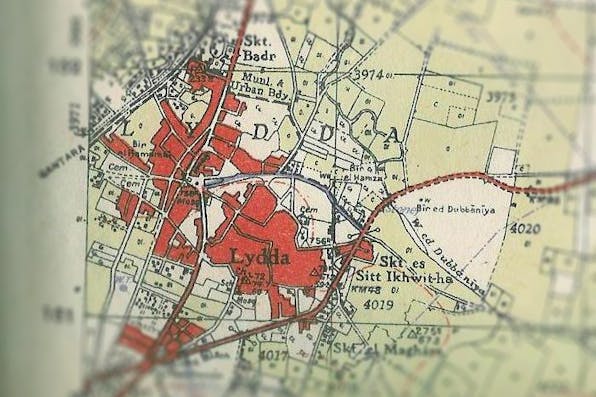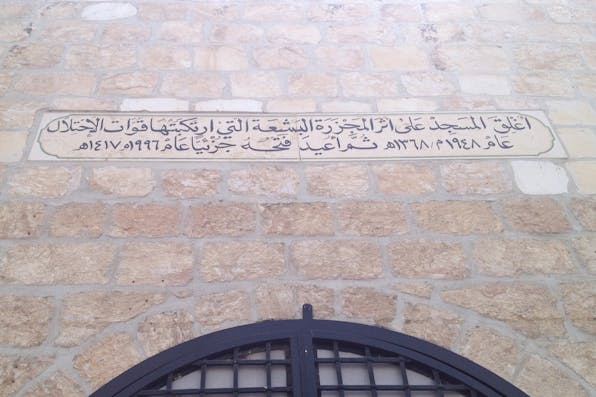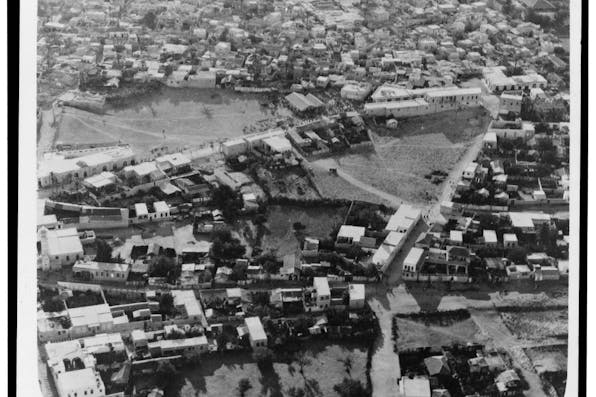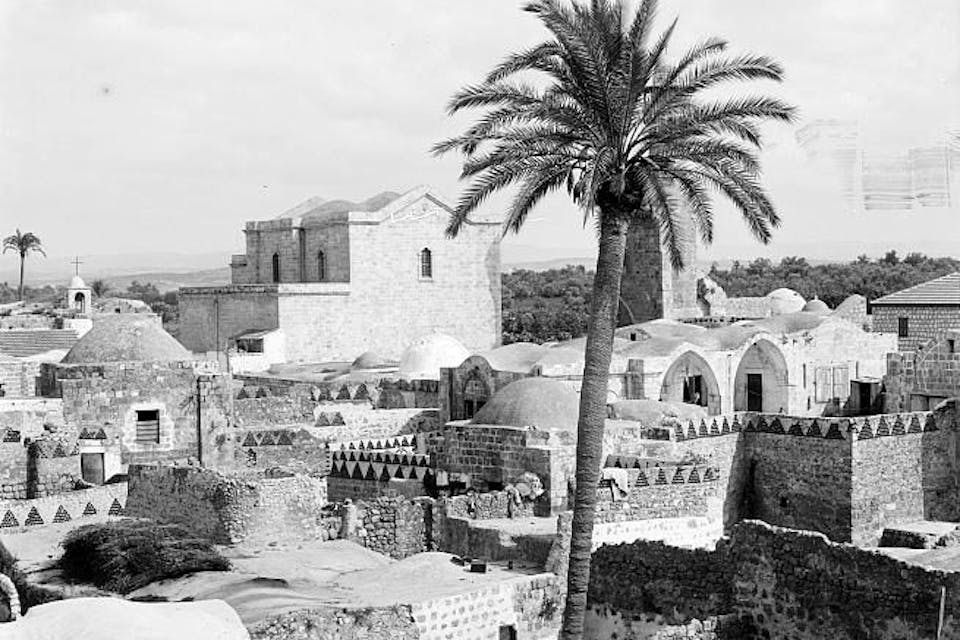
July 7, 2014
The Uses of Lydda
How a confusing urban battle between two sides was transformed into a one-sided massacre of helpless victims.
In “What Happened at Lydda,” Martin Kramer has performed a signal service by putting to rest the canard of an Israeli massacre of Palestinian Arab civilians in that city in July 1948. The charge has been most recently circulated by Ari Shavit in his best-selling My Promised Land. But Lydda is hardly the only instance of such allegations at the time of the founding of the Jewish state—or, for that matter, long afterward. As Kramer suggests at the outset of his investigation, “time and again over the decades, Israeli soldiers have stood accused of just such wanton killing when in fact they were doing what every soldier is trained to do: fire on an armed enemy, especially when that enemy is firing at him.”
Indeed. In late 1947, a violent Arab attempt was made to prevent the creation of a Jewish state in line with November’s UN partition resolution. No sooner had the Haganah rebuffed it than it was accused of scores of nonexistent massacres. The same happened in the run-up to the establishment of the state in May 1948 and the ensuing war launched by the Arab nations to destroy it. The fall of the city of Haifa in April 1948 gave rise to totally false claims of a large-scale slaughter that circulated throughout the Middle East and reached Western capitals. Similarly false rumors were spread after the fall of Tiberias (April 18), during the battle of Safed (in early May), and in Jaffa, where in late April the mayor fabricated a massacre of “hundreds of Arab men and women.” Accounts of a massacre at Deir Yasin (April 9), where some 100 people died, were especially lurid, featuring supposed hammer-and-sickle tattoos on the arms of Jewish fighters and fictitious charges of havoc and rape.
In later years, Palestinians and supporters of the Palestinian cause have even invented retroactive atrocities, unknown to anyone at the time of their supposed occurrence. A notable instance is the “Tantura massacre” of May 1948, an event glaringly absent from contemporary Palestinian Arab historiography of the war. And this is not to mention more recent trumped-up allegations of atrocities committed by Israel in, most notoriously, Jenin (2002) and Gaza (2009).
